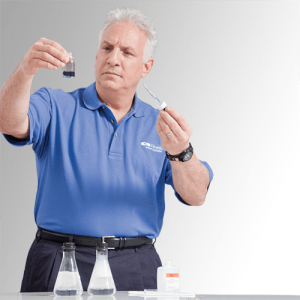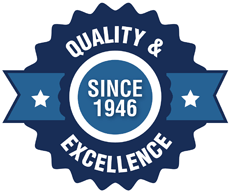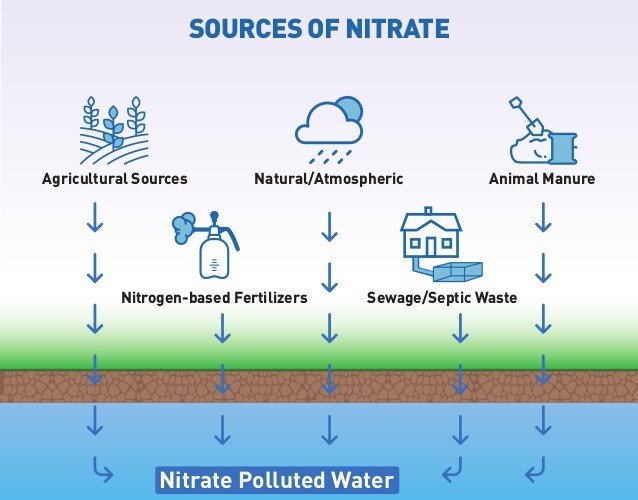What is Nitrate?
Nitrate is a naturally occurring compound that can also enter groundwater from fertilizers and animal manure. It is the anionic portion of salts, often paired with sodium or potassium, and is commonly found in fertilizers used on lawns, golf courses, and agricultural crops. Additional sources include sewage discharge and animal waste. Excess nitrate in the body can reduce the ability of red blood cells to carry oxygen.
The U.S. EPA limits nitrate levels in drinking water to a maximum of 10 mg/L. Infants under six months old are especially vulnerable because their digestive systems cannot process nitrate efficiently. When consumed—such as through formula mixed with contaminated water—exposure can lead to methemoglobinemia, also known as “blue baby syndrome.”
Why are Nitrates found in drinking water?
Sources of excess nitrate in drinking water can be from the runoff of fertilizers or manure as well as leaching from septic tanks. It is more likely to be found in shallow ground water sources. Natural processes can cause low levels of nitrate in drinking water—usually less than 3 mg/L. The health concern is with levels of nitrate over 10 mg/L.
Did you know that boiling water does not remove nitrates and is not a treatment alternative? In fact, it increases nitrate concentrations as water evaporates.
Nitrate continues to show up in groundwater. Find your Nitrate levels here…
https://www.usgs.gov/media/images/predicted-concentrations-nitrate-us-groundwater
How to remove Nitrate
There are two common choices for effective residential nitrate mitigation systems: An ion exchange system for whole-house nitrate mitigation, or a reverse osmosis system for drinking and cooking water, which is usually installed under the kitchen sink.
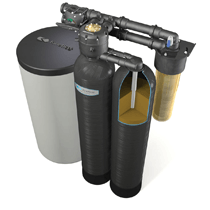
Whole house/Ion Exchange System:
Nitrate mitigation systems work like water softeners but use nitrate-specific resin media for ion exchange. Ion exchange reduces nitrates to a level below the MCL (Maximum Contaminant Level).
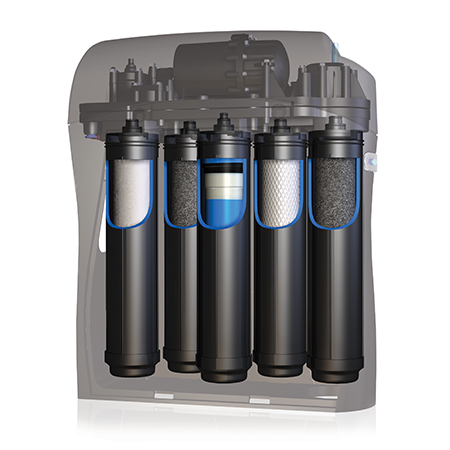
Point-of-Use Reverse Osmosis System:
Reverse Osmosis (RO) reduces all contaminants below the MCL and, in most cases, to non-detectable levels. An RO system can be plumbed to an RO faucet and refrigerator.
The Kinectio K5 Drinking Water Station® uses three standard filters – one to remove chlorine, another to remove contaminants such as metals and nitrates, and one more to eliminate additional compounds that could result in foul tastes and odors. The Standard Filter Cartridges include two sediment prefilter options, the reverse osmosis membrane and a postfilter.
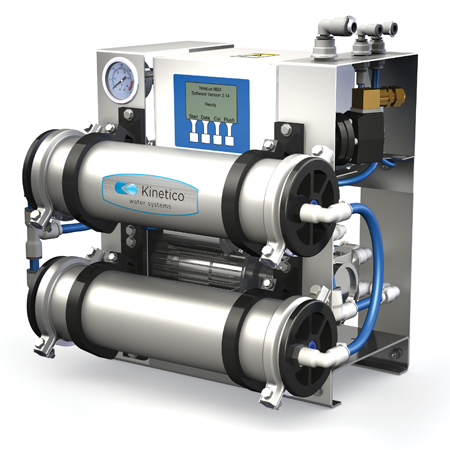
Reverse Osmosis System:
Our reverse osmosis water treatment equipment is engineered for a wide variety of applications. These systems reduce critical contaminants to provide great-tasting drinking water, high-quality process water and improved commercial equipment performance. KineticoPRO® offers a complete range of commercial water treatment solutions. Based on a per-location water analysis, we will work with you to prescribe the ideal water filtration, softening, and reverse osmosis solutions to optimize your water quality and protect your equipment.
Get your water tested FREE by the water experts at Clearwater Systems to learn about the options available in filtering out Nitrate in your water supply.
Contact us today!
